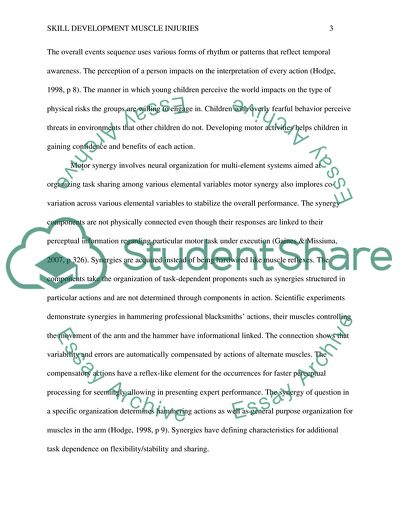Cite this document
(Perpetual-Motor Synergies Coursework Example | Topics and Well Written Essays - 1250 words, n.d.)
Perpetual-Motor Synergies Coursework Example | Topics and Well Written Essays - 1250 words. https://studentshare.org/biology/1845754-skill-devlopment-muscle-injuries
Perpetual-Motor Synergies Coursework Example | Topics and Well Written Essays - 1250 words. https://studentshare.org/biology/1845754-skill-devlopment-muscle-injuries
(Perpetual-Motor Synergies Coursework Example | Topics and Well Written Essays - 1250 Words)
Perpetual-Motor Synergies Coursework Example | Topics and Well Written Essays - 1250 Words. https://studentshare.org/biology/1845754-skill-devlopment-muscle-injuries.
Perpetual-Motor Synergies Coursework Example | Topics and Well Written Essays - 1250 Words. https://studentshare.org/biology/1845754-skill-devlopment-muscle-injuries.
“Perpetual-Motor Synergies Coursework Example | Topics and Well Written Essays - 1250 Words”. https://studentshare.org/biology/1845754-skill-devlopment-muscle-injuries.


